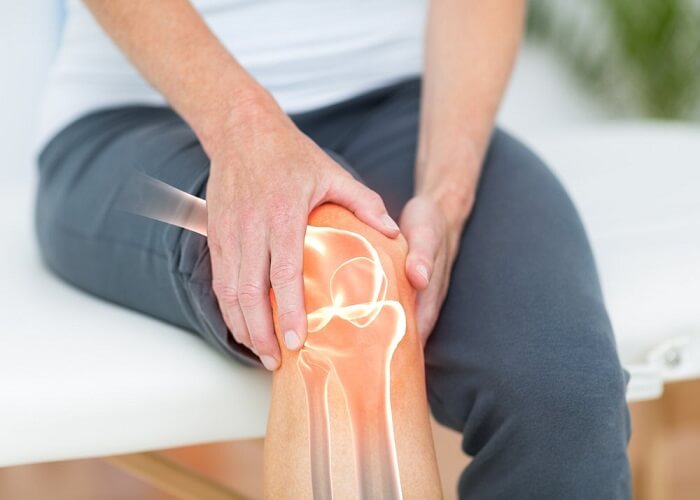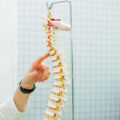Radio Frequency
In patients who have failed traditional therapies, radiofrequency (RF) neurotomy might be a successful alternative minimally invasive treatment with low risk of complications.
This procedure is based on the theory that cutting the nerve supply to a painful structure may alleviate pain and restore function.
The knee joint is innervated by the articular branches of various nerves. These articular branches around the knee joint are known as genicular nerves.
Radiofrequency treatment is a two-step procedure:
-
- Diagnostic nerve blocks
A small amount of local anaesthetic (1-2ml) of lidocaine or bupivacaine is injected around the superior lateral (SL), superior medial (SM) and the inferior medial (IM) branches of genicular nerve. A response is considered positive if there is at least 50% reduction in pain in the 24hrs following injection.
-
- Procedure
Patients who experience good pain relief following diagnostic injections are offered radiofrequency denervation treatment or RF genicular neurotomy (“G-RF”). This involves creating a heat lesion around the genicular nerves carrying painful impulses from the knee joint.
Either conventional radiofrequency treatment (70-80°c) or cooled radiofrequency treatment (60°c) can be used. Cooled radiofrequency allows creation of larger-volume, spherical lesions compared to conventional radiofrequency.
Treatment is performed under local anaesthetic and can take 4 to 6 weeks to work.
Indications for genicular nerve blocks
Patients with chronic knee pain secondary to osteoarthritis
- Patients with chronic knee pain secondary to osteoarthritis
- Patients with failed knee replacement
- Patients unfit for knee replacement
- Patients who want to avoid surgery
Complications are rare, particularly if injections are performed using a precise needle-positioning technique. Septic arthritis can be avoided with appropriate aseptic precautions. Severe allergic reactions to local anaesthetics are uncommon. Neurological complications including paraesthesias and numbness have been described but are extremely rare. Incidence of infection is low as the procedure is performed under strict aseptic conditions and the injections are extra articular.
Reference:
- http://www.painspa.co.uk/
- http://www.news-medical.net
- Choi WJ, Hwang SJ, Song JG, Leem JG, Kang YU, Park PH, et al. Radiofrequency treatment relieves chronic knee osteoarthritis pain: a double-blind randomized controlled trial. Pain. 2011 Mar;152(3):481-7. PubMed PMID: 21055873.






